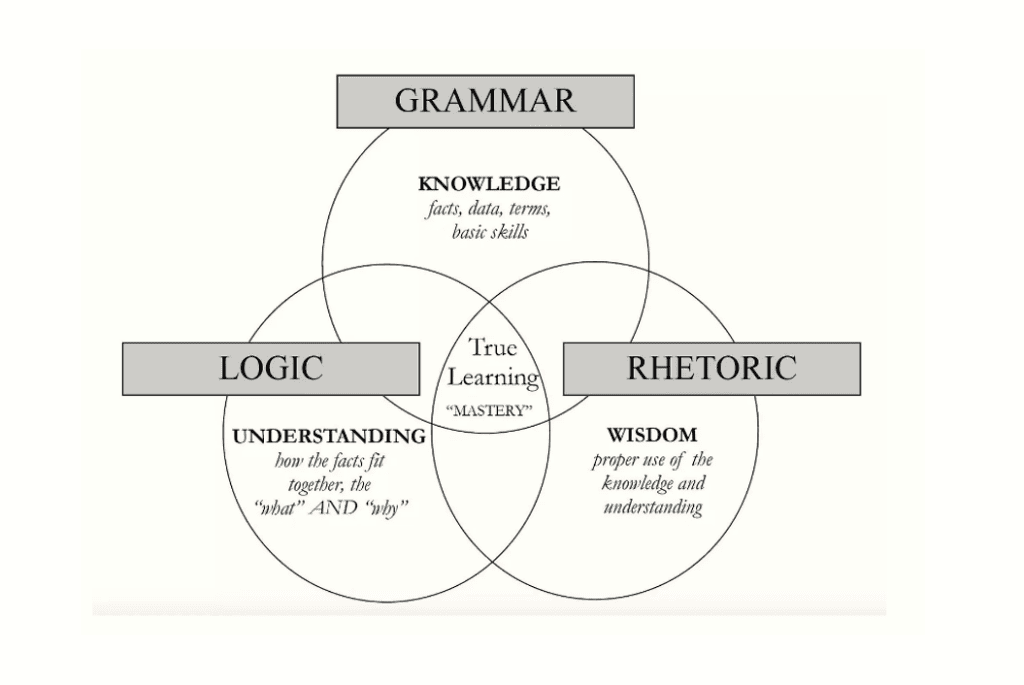How Grammar, Logic, and Rhetoric Reveal the Cycles Behind WWI, WWII, and Israel’s Creation
Introduction
History is usually presented as a straight line: noble struggles against evil, chaos overcome by order, progress delivered through sacrifice. But when we look deeper, patterns emerge — ones that suggest history may be less about accidents and more about carefully managed narratives.
One powerful tool for cutting through the fog is the Trivium method:
- Grammar: Gather the facts.
- Logic: Spot the contradictions.
- Rhetoric: Examine how the story is told.
By applying this lens to the period from World War I through the creation of Israel in 1948, we can see the recurring cycle of Problem → Reaction → Solution at work.
Step 1: Grammar — The Raw Facts
Here are some of the central facts most agree on:
- World War I: The Ottoman Empire collapses. Britain secretly signs the Sykes–Picot Agreement (1916) to divide lands with France. The Balfour Declaration (1917) promises a Jewish homeland in Palestine. Simultaneously, Arab leaders are promised independence.
- World War II: Hitler’s expansion sparks global conflict. The Holocaust kills millions, becoming the moral centerpiece of the war’s legacy.
- 1948: The UN partitions Palestine. Israel is created, and over 700,000 Palestinians are displaced (known as the Nakba).
👉 Chart: Contradictions 1914–1948
| Promise/Claim | Reality/Outcome |
|---|---|
| “War for democracy” | Secret land carve-ups (Sykes–Picot) |
| Arab independence promised | Britain/French mandates imposed |
| Jewish homeland promised | Arabs not consulted → conflict begins |
| WWII fought for “freedom” | Allied firebombing, famines, nuclear bombs |
| Israel as “solution” | Palestinian displacement (Nakba) |
Step 2: Logic — Spotting the Contradictions
When you test these facts, contradictions emerge:
- Double Promises: Arabs and Jews both guaranteed the same land.
- Liberation vs Domination: “Freedom” wars leading to mandates and colonies.
- Good vs Evil Framing: Nazi atrocities highlighted; Allied atrocities downplayed.
- A Homeland for Survivors vs A Nakba for Natives: One people’s salvation meant another’s catastrophe.
These contradictions point to a deeper mechanism: the Problem → Reaction → Solution cycle.
👉 Chart: Three PRS Cycles (1914–1948)
| Cycle | Problem | Reaction | Solution |
|---|---|---|---|
| WWI | German aggression + Ottoman “sick man” | Outrage at atrocities, Arab Revolt encouraged | Sykes–Picot carve-up + Balfour Declaration |
| WWII | Hitler’s expansion + Holocaust horrors | Global outrage → acceptance of extreme Allied measures | U.S./USSR dominance, Nuremberg, push for Jewish homeland |
| 1948 | Displaced Jewish survivors, unrest in Palestine | Sympathy for Jews, Arab resistance framed as hostility | UN Partition Plan → creation of Israel, Nakba |
Step 3: Rhetoric — How the Story Is Told
The way history is remembered is as important as what happened. Atrocity stories often serve as catalysts:
- WWI: “German bayonets through babies” fueled recruitment and hate.
- WWII: The Holocaust became the ultimate moral justification, overshadowing Allied atrocities.
- 1948: Palestinian displacement reframed as voluntary or “necessary for survival.”
👉 Chart: Atrocity Narratives vs Power Moves
| Atrocity Narrative | Power Move Distracted From |
|---|---|
| “German atrocities in WWI” | Carve-up of Ottoman lands |
| “Nazi atrocities in WWII” | Allied mass bombings, nukes, famines |
| “Arabs hostile to Jews” | Partition imposed, Palestinians expelled |
The pattern: horror stories shock the public (Reaction), justifying pre-planned geopolitical agendas (Solution).
Conclusion: Using the Trivium to See Through History
Our journey through the period 1914–1948 — from the First World War, through the collapse of the Ottoman Empire, into WWII, and finally the creation of Israel — shows that official narratives often mask deeper agendas. By applying the Trivium method (Grammar → Logic → Rhetoric), we can cut through propaganda, cherry-picked facts, and emotional manipulation.
The Trivium is not reserved for scholars or historians — it is available to anyone. We encourage every reader to take up this simple but powerful framework:
- Gather the facts (Grammar).
- Test for consistency (Logic).
- Communicate conclusions clearly (Rhetoric).

By doing so, we resist manipulation, avoid being swept up by atrocity narratives or political agendas, and instead cultivate an inner knowing grounded in logic, evidence, and reason.
History may be written by the victors, but truth can still be revealed by those willing to ask questions and connect the dots.
You can purchase the Trivium here
Trivium method for Viking or VI-King? The Myth of Invaders and the Truth of Kings
Before saving, open your browser’s print dialog and turn off Headers and footers (the title and URL line).
Chrome / Opera / Edge: Menu → Print → uncheck Headers and footers • Firefox: More settings → turn off Print headers and footers • Safari: already clean

